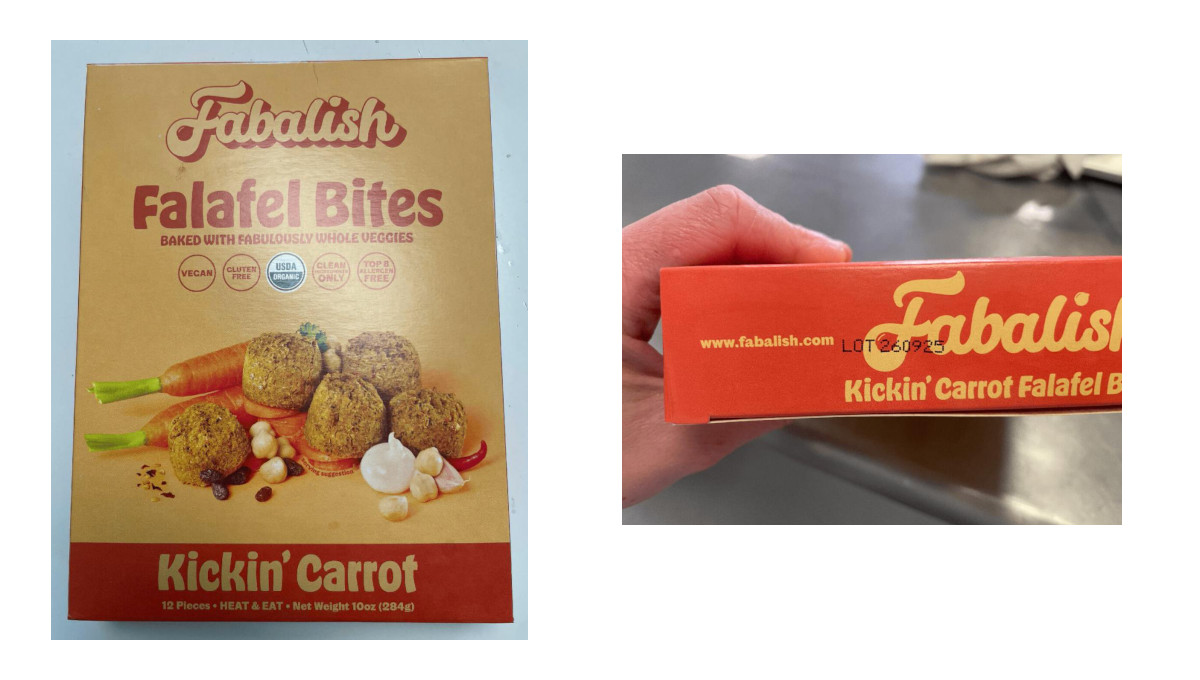Matthew Quinn’s Tree Farm in Cornville. Photo by Matt Quinn It’s Christmas tree season. I love it.
To some it may seem like a waste to cut down a perfectly healthy fir tree in its botanical youth, haul it hundreds of miles so someone can buy it, take it home, and bring it indoors for a few weeks before tossing it in the trash. But beyond the joy they bring to many people, those trees do a lot of good in their relatively short lives. Matthew Quinn of Cornville, vice president and soon-to-be-installed president of the Maine Christmas Tree Growers Association, said many people who oppose the use of live Christmas trees are under the (false) impression they are taken from a forest, which would be damaged by the loss of young trees.
“We are harvesting a crop, just like corn or hay fields,” Quinn explained. “The only difference is that our crop takes seven to 10 years to mature.” The farmland where Christmas trees grow supports many kinds of wildlife.
Field mice often hang out near the trees looking for food, and those mice are an important step in the food chain for other wildlife; they’re eaten by owls, hawks, skunks and snakes. Chipmunks and squirrels live among maturing Christmas trees, and in the spring and summer, song birds build their nests and raise their nestlings in the trees. “It’s considered good luck if you find a bird’s nest in the tree you choose to cut,” Quinn said.
Quinn added that growing Christmas trees help people survive. “One acre of C.


















